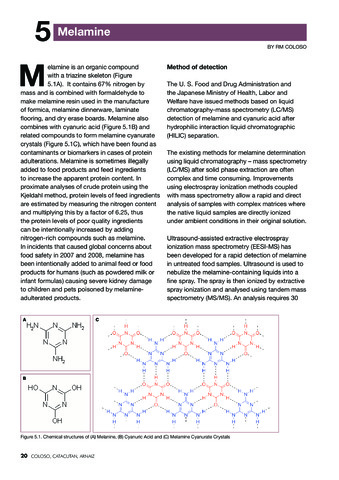Melamine
- Global styles
- MLA
- Vancouver
- Elsevier - Harvard
- APA
- Help
Share
Description
Melamine is an adulterant that can be added to feed ingredients for aquafeeds to artificially inflate the apparent protein content. Together with cyanuric acid, it has been found that crystals formed from melamine and cyanuric acid can cause kidney damage in mammals, fish, and shrimp. If in doubt of the source and quality of feed ingredients and aquafeeds, samples should be submitted for melamine and cyanuric acid analysis. Their presence in feed ingredients and aquafeeds are biomarkers for contamination, adulteration or intentional addition to increasing crude protein levels. The United Nations’ Codex Alimentarius Commission has set the maximum amount of 1 mg/kg melamine in powdered infant formula and 2.5 mg/kg in other foods and animal feed. While not legally binding, the recommended levels can serve as a basis for banning the importation of products with excessive levels of melamine.
Suggested Citation
Coloso, R. M. (2015). Melamine. In Important Findings and Recommendations on Chemical Use in Aquaculture in Southeast Asia (pp. 20–21). Aquaculture Department, Southeast Asian Fisheries Development Center.
Type
Book chapterISBN
9789719931034



